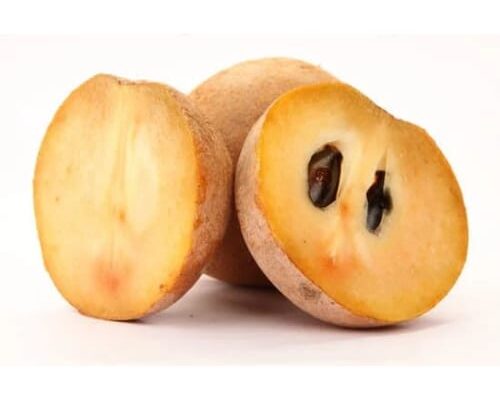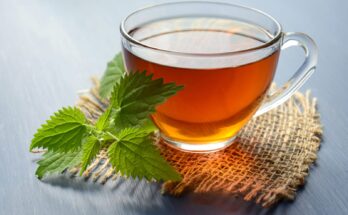Nutritive value per 100 g of Sapota
Energy (kcal) : 98
Protein (g) : 0.7
Fat (g) : 1.1
Carbohydrates (g) : 21.1
Crude Fibre (g) : 2.6
Minerals (g) : 0.5
Calcium (mg) : 28
Phosphorus (mg) : 27
Iron (mg) : 1.25
Magnesium (mg) : 25
Sodium (mg) : 5.9
Potassium (mg) : 269
Vitamins
Carotene (µg) : 97
Thiamine (mg) : 0.02
Riboflavin (mg) : 0.03
Niacin (mg) : 0.2
Vitamin C (mg) : 6
The sapota which is also known as Chiku or Sapodilla is a seasonal fruit available during March-April or August-September. The chiku fruit is a round or oval berry with a soft, thin, brown skin. The flesh is granulated and the black seeds embedded in it can be easily separated from the pulp.
Edible sapota is prized when it has firm, good pulp of rich flavour and few seeds.
Sapota trees can easily be cultivated in home gardens or orchards. They are ornamental as well as good fruit yielders. Milky latex or resin which is secreted from unripe fruit, known as Chickle, forms the base for making chicklets and chewing gum. Chickle has a good export market potential also. The chiku is a good source of energy for almost 14% of its pulp is sugar. The fruit also has some amounts of iron, carotene and vitamin C.
Sapota pulp is extensively used for making sweets and halwa. It is also an ingredient of fruit salads and milk shakes. A bitter principle found in unripe fruits, called ‘Sapotonin’ has pharmaceutical uses.




